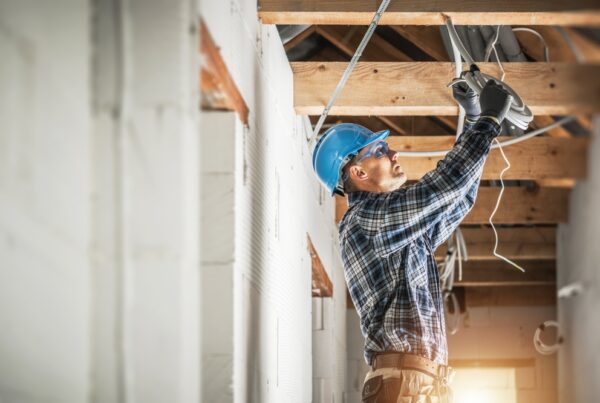Depreciation specialists have provided their top four reasons to focus on property depreciation claims ahead of the end-of-financial year tax season.

With tax season approaching, interest rates rising, refinancing at record levels, and property values in a state of flux, property investors around the country are being encouraged to find ways to improve cash flow. Claiming depreciation deductions on an investment property may be one of the solutions.
Here are the key reasons investors should prioritise ordering a depreciation schedule.
You don’t have to spend money to claim depreciation
Depreciation is the natural wear and tear that occurs to a building and the assets within it over time.
Property depreciation is a non-cash deduction, which means you don’t have to spend money to claim it.
On average, residential investors accrue almost $10,000 in deductions within the first full financial year alone.
The Australian Taxation Office allows investors to claim capital works deductions on the building structure over the effective life of the property (40 years) and depreciation for plant and equipment assets based on their individual effective lives.
By claiming property depreciation, investors are reducing their taxable income and can benefit from receiving a higher return in the annual tax return.

Every property investor can benefit from a depreciation schedule
Some investors think their investment property is too old to attract depreciation deductions, but this is untrue.
The Australian Taxation Office allows investors to claim capital works deductions on the building structure over the effective life of the property (40 years) and depreciation for plant and equipment assets based on their individual effective lives. New and old properties will provide some depreciation deductions for their owners.
In November 2017, the federal government made changes to the way investors claim depreciation for plant and equipment assets.
For contracts exchanged on a second-hand residential investment property after 7:30pm on 9 May 2017, you can no longer claim depreciation for any previously used plant and equipment assets within the property.
You can still claim depreciation for any brand-new assets they install once the property is income-producing, as well as claiming qualifying capital works deductions relating to the building’s structure and any items permanently fixed to the property. These deductions typically make up between 85 and 90 per cent of a total depreciation claim.
Previous tax returns can be adjusted
If you haven’t been claiming or maximising depreciation for your investment property, previous tax returns can be adjusted and claimed back.
The schedule fee is 100 per cent tax deductible
Although there is a cost involved in arranging a depreciation schedule, the fee is 100 per cent tax deductible.
Bradley Beer, CEO BMT









